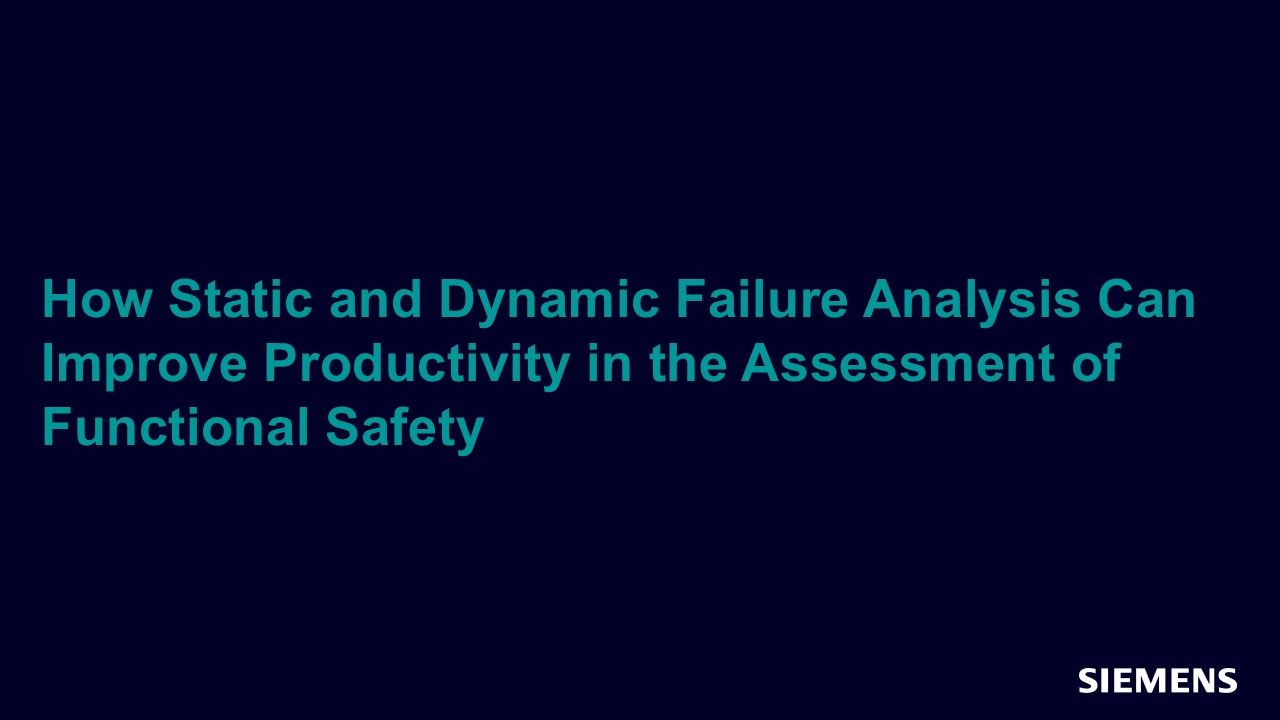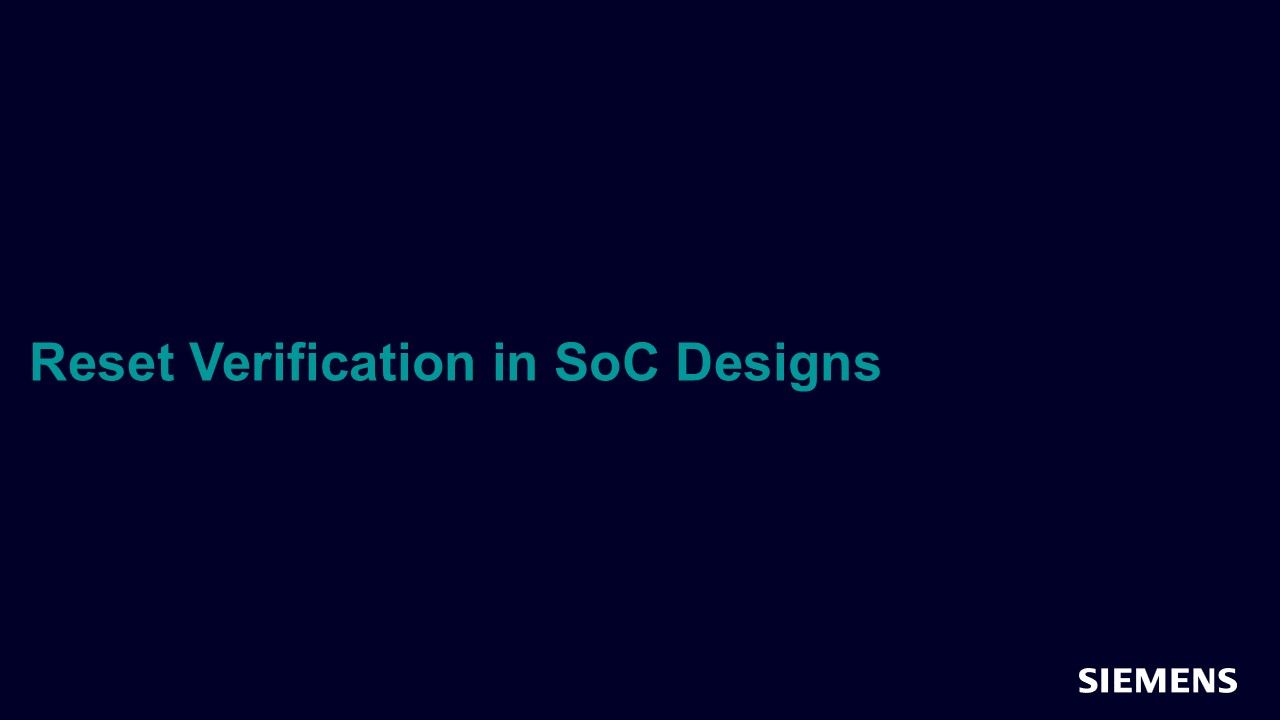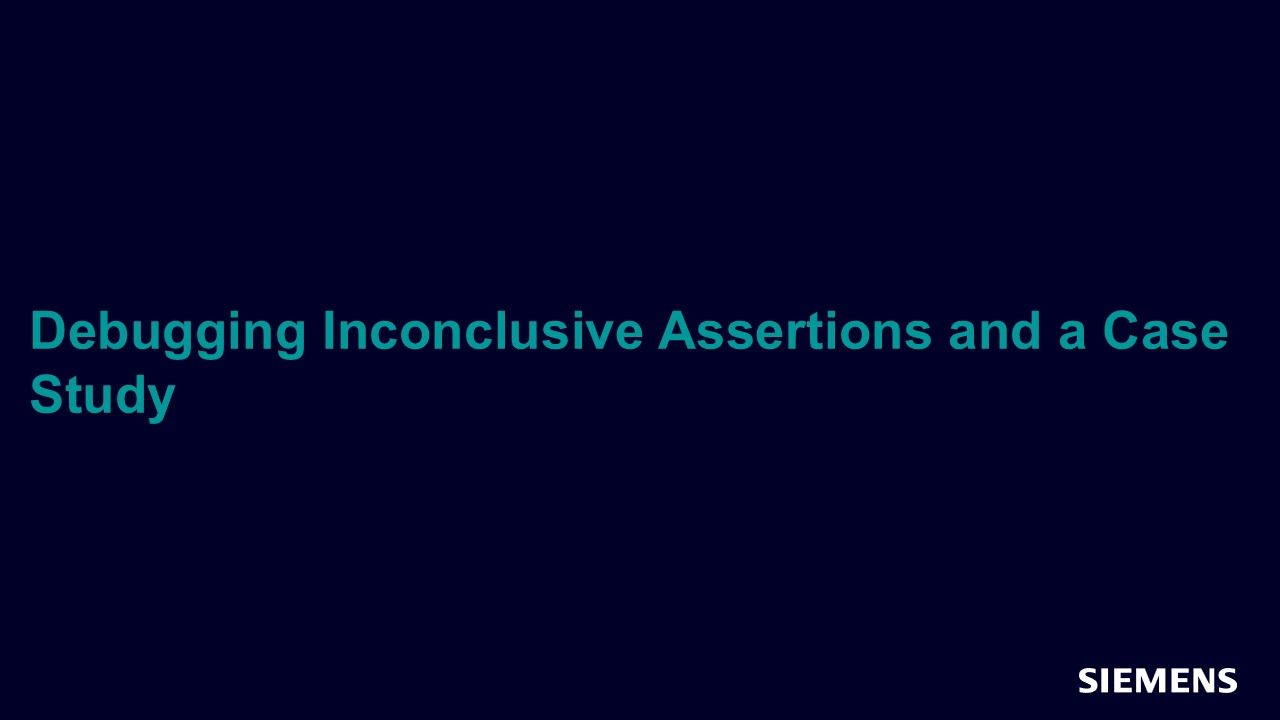Browse all content in Verification Academy: Articles, Cookbooks, Resources, Sessions, and Tracks
Search Results - 6 results
Filters
-
Verification Horizons

-
When It Comes to Verification, Hitting the Wall Can Be a Good Thing
We recently upgraded my son's phone. We were getting ready to upgrade anyway, but the thing that put us over the edge was that a couple of weeks ago his phone wouldn't charge. Now, we had recently replaced the battery in the phone, so the fact that it wouldn't charge was particularly concerning. We would have had to do the upgrade much sooner, but after a day of frustration, my son literally threw the phone against the wall, and it started working.
A visit to the tech center revealed that the charging problem was actually due to lint having collected in the charging cable connector slot, preventing the charger from connecting to the battery. The wall toss moved the lint just enough to complete the connection. The technician cleaned it out and, after upgrading my son's phone, we gave his old one — with the brand-new battery — to my daughter. Of course, the process of backup-and-restore for both phones didn't go as smoothly as the documentation would have suggested, but that's another story.
Sometimes you have to try something "off the wall" when the way you've been trying to solve problems doesn't work. With that in mind, I am happy to share with you our Fall 2017 issue of Verification Horizons.
Our featured article for this issue is from our friends at IROC Technologies, who share their thoughts on "How Static and Dynamic Failure Analysis Can Improve Productivity in the Assessment of Functional Safety." As we've discussed before, the ISO 26262 Automotive Safety Standard focuses on verifying that a safety-critical design can continue to function correctly even in the presence of various faults. This article shows techniques that can be used to build and optimize the fault model to define the set of faults to be injected, and it shares some impressive results that you'll be able to see in your environment.
Next, our friends from Codasip, Ltd. present a "Step-by-step Tutorial for Connecting Questa VIP into the Processor Verification Flow," in which they show how QVIP Configurator can be used to add Questa VIP components into processor verification environments. Their automation flow can generate an RTL and accompanying UVM verification environment from a high-level description of a RISC-V processor. By making it easier to set up the QVIP component to fit into the customized environment, the Configurator lets you take advantage of the built-in verification capabilities of the QVIP to strengthen the auto-generated UVM environment.
In "PA GLS: The Power Aware Gate-level Simulation," my colleague Progyna Khondkar takes us through the steps required to take advantage of Liberty libraries so that Questa PA-SIM can extract cell-level attributes that combine with UPF to model power-aware functionality.
We next introduce a pair of formal-verification-related articles from members of our formal verification team. The first is "Reset Verification in SoC Designs," where you'll learn about several common reset tree verification issues and how to solve them. The authors also share some of the results that Questa's Reset Check formal "app" can provide in addressing these issues.
In "Debugging Inconclusive Assertions and a Case Study," we learn what to do when your formal verification run is unable to either prove an assertion exhaustively or find an error trace that violates the assertion. This often happens because the complexity of the design outpaces the formal tool's capability, so you'll see some tips and tricks to figure out why the analysis was inconclusive and reduce the complexity of the formal analysis so that you can fully verify the assertion.
Last but not least, my friend and colleague Matthew Ballance continues his series of articles discussing the new Accellera Portable Stimulus standard with "Separating Test Intent from Design Details with Portable Stimulus." In this article you'll learn how PSS can be used to describe generic test intent for generating memory traffic in a typical SoC and how the separation built into PSS lets that single intent specification target different "implementation flavors" of the SoC. You'll also see how you can specify the test intent independent of the actual design details, dramatically boosting your verification productivity.
My son is now back at college with his new phone. Everything seems to be working fine. Our only problem now is that my daughter's playlists appear to be missing. I'm off to do a little more debugging. In the meantime, I hope you enjoy this issue of Verification Horizons.
Respectfully submitted,

Tom Fitzpatrick
Editor, Verification Horizons
December 2017
-

How Static and Dynamic Failure Analysis Can Improve Productivity in the Assessment of Functional Safety
Functional Safety Dec 05, 2017 Article -

Step-by-Step Tutorial for Connecting Questa VIP into the Processor Verification Flow
Verification IP Dec 05, 2017 Article -

-

-

-

Separating Test Intent from Design Details with Portable Stimulus
Portable Stimulus Dec 05, 2017 Article